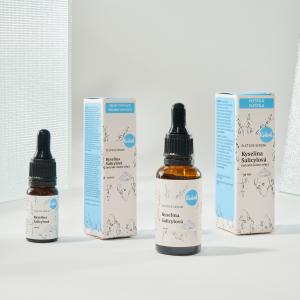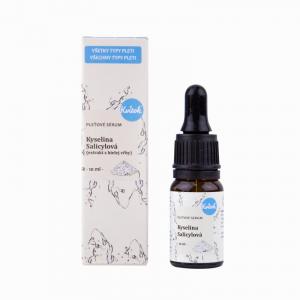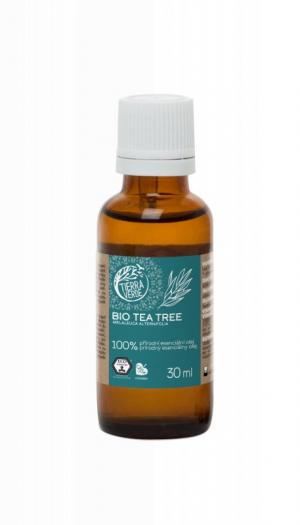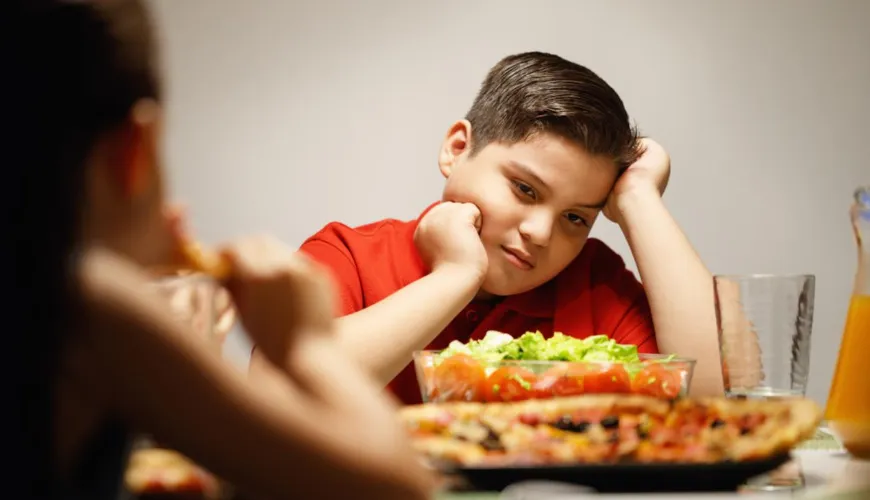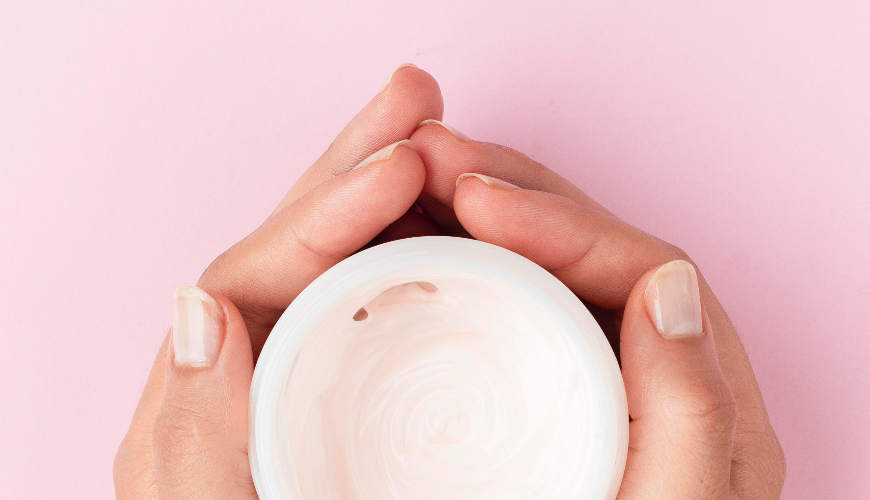
Natural Tips and Tricks for Preventing Lice
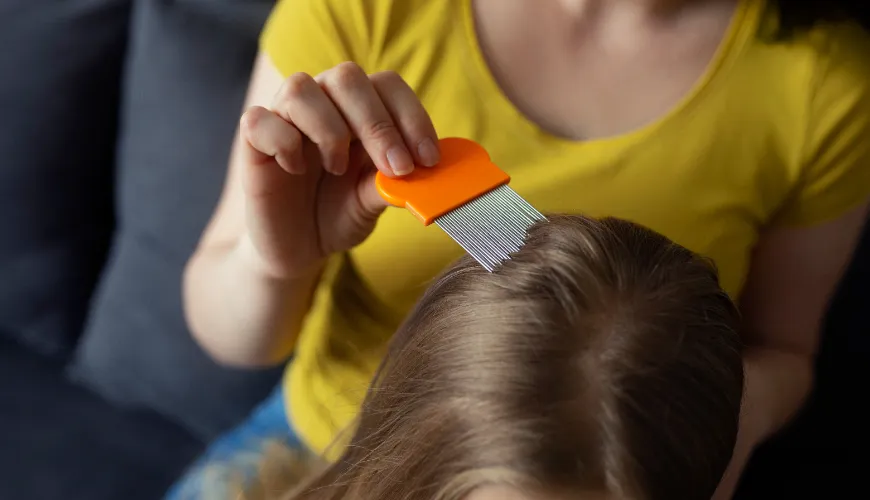
Prevention Against Lice
Lice are small parasites that feed on human blood and typically inhabit the scalp. The presence of lice can cause itching, irritation, and discomfort, which can be particularly problematic for children who often find themselves in close contact with other children. The spread of lice in groups, such as schools and kindergartens, is fairly common. Therefore, it is essential to understand how to prevent these parasites and what steps can be taken to minimize the occurrence of lice.
What Causes the Occurrence of Lice?
Lice primarily spread through direct head-to-head contact. Although some people assume that the occurrence of lice is related to poor hygiene, this is not the case – lice can appear even in very clean hair. The attractiveness or cleanliness of hair does not play a role, which means that the problem can affect anyone who comes into close contact with an infested person. Children are often more susceptible to transmission because they sit close together while playing, share toys, hats, scarves, and other personal items, creating an ideal opportunity for lice to spread.
How to Recognize the Occurrence of Lice?
One of the first signs that a child may have lice is intense itching of the scalp. This itching is caused by lice bites, which cause slight irritation. If a child starts scratching their head frequently, it is a good idea to conduct a thorough hair inspection. Lice are most commonly noticed in the area around the ears, on the crown of the head, and at the nape of the neck, where the hair is warmer and more humid, which lice prefer. Small white or yellow particles that cling firmly to the hair are nits (lice eggs) and indicate that lice are already developing.
Prevention Against Lice
Prevention against lice involves various steps that can significantly reduce the risk of transmission. Here are some proven strategies that can help protect both children and adults from these parasites:
1. Regular Hair Inspections
One of the key steps in prevention is regular inspection of the scalp and hair, especially for children who attend kindergartens or schools. Parents should inspect their children's heads at least once a week, focusing on areas where lice often reside. In this way, any infestation can be detected early, allowing for a quick response.
2. Use of Preventive Products
There are many products available that serve as prevention against lice. These products, available for instance in pharmacies, contain substances that repel lice. Among natural ingredients effective against lice is tea tree oil, which has antiseptic properties and is unattractive to lice. These products can be regularly applied in the form of shampoos or sprays, especially during periods of increased lice occurrence, such as after holidays when children join larger groups.
3. Education on Proper Habits
Parents should teach their children that sharing personal items such as hats, scarves, combs, or towels can increase the risk of lice transmission. Younger children often do not realize how easily lice can spread, so it is important to explain that borrowing these items can lead to unpleasant consequences.
4. Regular Laundry and Cleaning
Even though lice do not survive long outside the human head, laundry, bedding, or hats that have been in contact with an infested person may contain nits. Regular washing of these items at higher temperatures (at least 60 °C) can help destroy lice and their eggs.
Natural and Chemical Prevention Against Lice
In the area of lice prevention, there are several approaches that include both natural and chemical options:
- Natural Products – One of the most common methods of natural prevention involves products containing essential oils, such as tea tree oil or lavender oil. These oils have a scent that repels lice and are also gentle on the scalp. Regular application of these products can help protect hair from infestation.
Try our natural products
- Chemical Products – In cases where a higher level of protection is needed, chemical products are also available. These products contain active substances that prevent lice from attaching to the hair. However, it is important to use them sparingly, as frequent use can be harsh on the skin.
The Role of Schools and Parents in Prevention
Prevention against lice requires not only individual effort but also the cooperation of schools and families. Schools should actively inform parents about the occurrence of lice, and parents should regularly check their children's hair. Awareness and preventive measures taken at the class level can significantly contribute to preventing lice from spreading quickly. If the school implements regular inspections or encourages parents to use preventive products, these issues can be avoided more easily.
Prevention against lice is primarily about comfort and peace of mind – the sooner an infestation is stopped, the fewer problems and discomfort it will cause. Consistent prevention reduces the risk of infestation, and if lice do enter the family, early detection minimizes the number of parasites and facilitates their removal.

